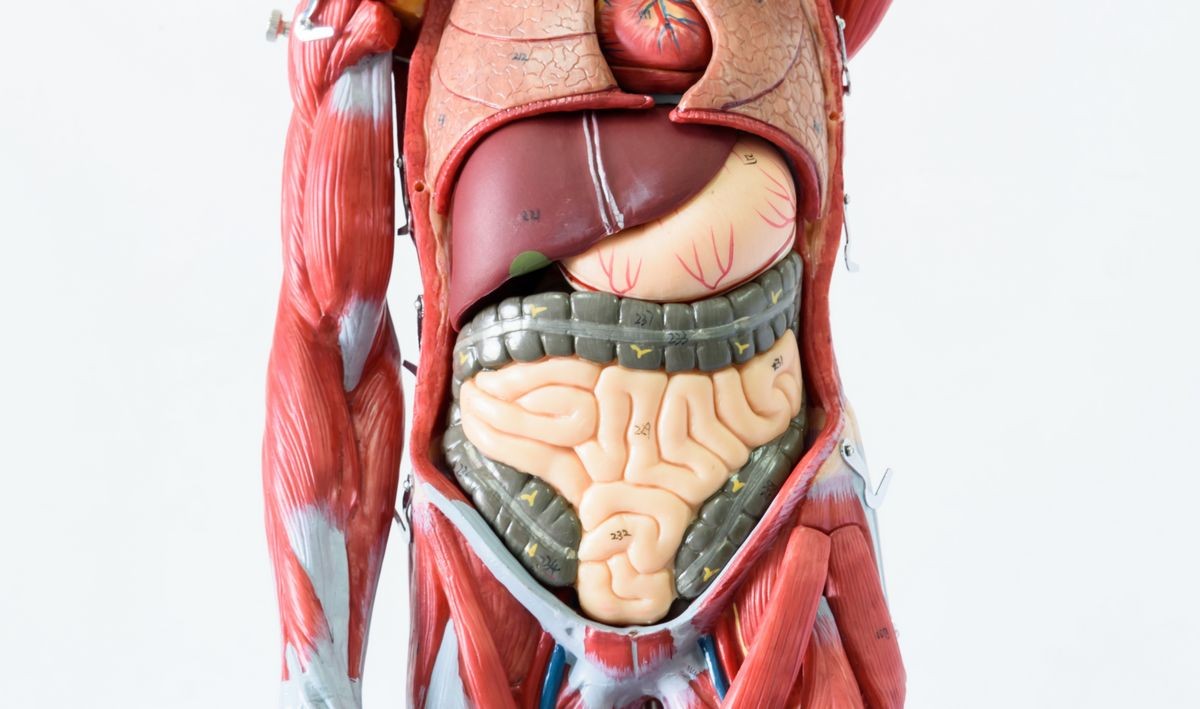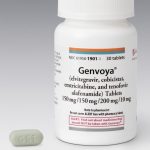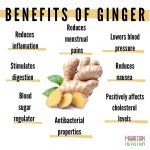
How Many Organs Are There in the Body?
An organ is a collection of tissues joined in a structural unit to serve a function. The number of organs depends on who in the medical field is asked and how they count it. The general count is 78 organs. Bones and teeth are each counted only once. Counting each bone and tooth separately increases the organ list to 315 organs. Counting every ligament and tendon would further dramatically increase the total number of organs. Not every organ is necessary for survival. The brain, heart, liver, kidney, and lung are essential for living. Losing the function of any one of these organs can result in death.
List of organ systems and their functions
Respiratory system
The respiratory system coordinates the process of breathing. It comprises the following organs:
- Mouth and nose: Openings that pull air into the respiratory system.
- Sinuses: Hollow areas in the head that regulate the temperature and humidity of inhaled air.
- Pharynx (throat): Tube that delivers air from the mouth and nose to the trachea.
- Trachea (windpipe): Passage connecting the throat and lungs.
- Larynx (voice box): Organ that allows talking and makes sounds when air moves in and out.
- Bronchial tubes: Tubes that connect the windpipe to each lung.
- Lungs: Paired organs that facilitate the exchange of gases, removing oxygen from inhaled air, passing it into the blood, and exhaling carbon dioxide.
Cardiovascular or circulatory system
The cardiovascular or circulatory system includes the following organs:
- Heart: Muscular organ that pumps blood throughout the body via blood vessels.
- Arteries: Thick-walled blood vessels that carry oxygenated blood from the heart.
- Veins: Blood vessels that carry deoxygenated blood back to the heart.
- Capillaries: Tiny blood vessels that facilitate the exchange of oxygen, nutrients, and waste between the circulatory system and organs and tissues.
Musculoskeletal system
The musculoskeletal system is involved in locomotion, internal organ protection, mineral storage, and blood formation. It consists of:
- Bones: Calcium-loaded organs that support organs and muscles.
- Muscles: Specialized tissue responsible for movement, heat production, posture maintenance, and internal organ protection.
- Tendons and ligaments: Fibrous connective tissues that connect bones and muscles.
Gastrointestinal system
The gastrointestinal system is involved in the breakdown and absorption of food. It comprises the following organs:
- Esophagus (food pipe): Tube that connects the mouth to the stomach and propels food into the stomach.
- Stomach: Organ that holds and digests food using enzymes and acids.
- Liver: Organ that filters toxins from the blood and produces bile to break down nutrients.
- Gallbladder: Sac-like organ that stores and releases bile when necessary.
- Small intestine: Organ that receives food from the stomach, breaks it down, and absorbs nutrients.
- Large intestine: Organ that turns food into feces while removing water and electrolytes.
- Rectum: Temporary storage area for feces located at the end of the large intestine.
- Anus: External opening of the rectum through which feces are expelled.
Urinary system
The urinary system, also known as the renal system, produces, stores, and eliminates urine. It includes the following organs:
- Kidneys: Organs that remove waste products, balance fluids, control red blood cell production, and regulate blood pressure.
- Ureters: Tubes that carry urine from the kidneys to the bladder.
- Bladder: Muscular sac that stores urine and allows control of urination.
- Urethra: Tube that transports urine from the bladder to the outside of the body.
Endocrine system
The endocrine system consists of glands that secrete chemicals into the blood to control body functions. The organs in this system are:
- Hypothalamus: Produces hormones that control the pituitary gland and regulate various body functions.
- Pituitary: Produces hormones that affect growth, reproduction, and the function of other endocrine glands.
- Pineal: Regulates sleep-wake cycles.
- Thyroid: Controls the metabolism of each cell in the body.
- Parathyroid: Maintains and controls calcium levels in bones and blood.
- Thymus: Produces hormones important for the development of certain white blood cells.
- Adrenal: Produces hormones that regulate blood pressure, heart rate, and stress response.
- Pancreas: Helps control blood sugar levels.
Nervous system
The nervous system receives and processes information, and transmits responses to the body’s organs. The organs of the nervous system are:
- Brain: Controls memory, speech, movement, and organ functions.
- Spinal cord: Carries signals to the brain and controls movement and sensation.
- Eyes, ears, nose, tongue, and skin: Enable sight, hearing, smell, taste, and touch.
Lymphatic system
The lymphatic system aids immune response, collects fluids, and helps eliminate toxins from the body. The organs in this system are:
- Bone marrow: Tissue inside bones that produces red and white blood cells.
- Spleen: Lymphoid tissue that produces white blood cells and filters blood.
- Thymus: Gland involved in the production and maturation of T cells.
- Tonsils: Provide protection against inhaled and swallowed foreign bodies.
Reproductive system
The female reproductive organs are:
- Ovaries: Produce eggs and hormones.
- Uterus: Receives fertilized egg and supports its development during pregnancy.
The male reproductive organs are:
- Testis: Produce sperm cells.
- Epididymis: Transport and store sperm cells produced in the testes.
- Prostate: Secretes fluids to nourish the sperm.
Skin
The skin is the body’s largest organ, protecting against heat, light, injury, and infection, as well as regulating body temperature.


